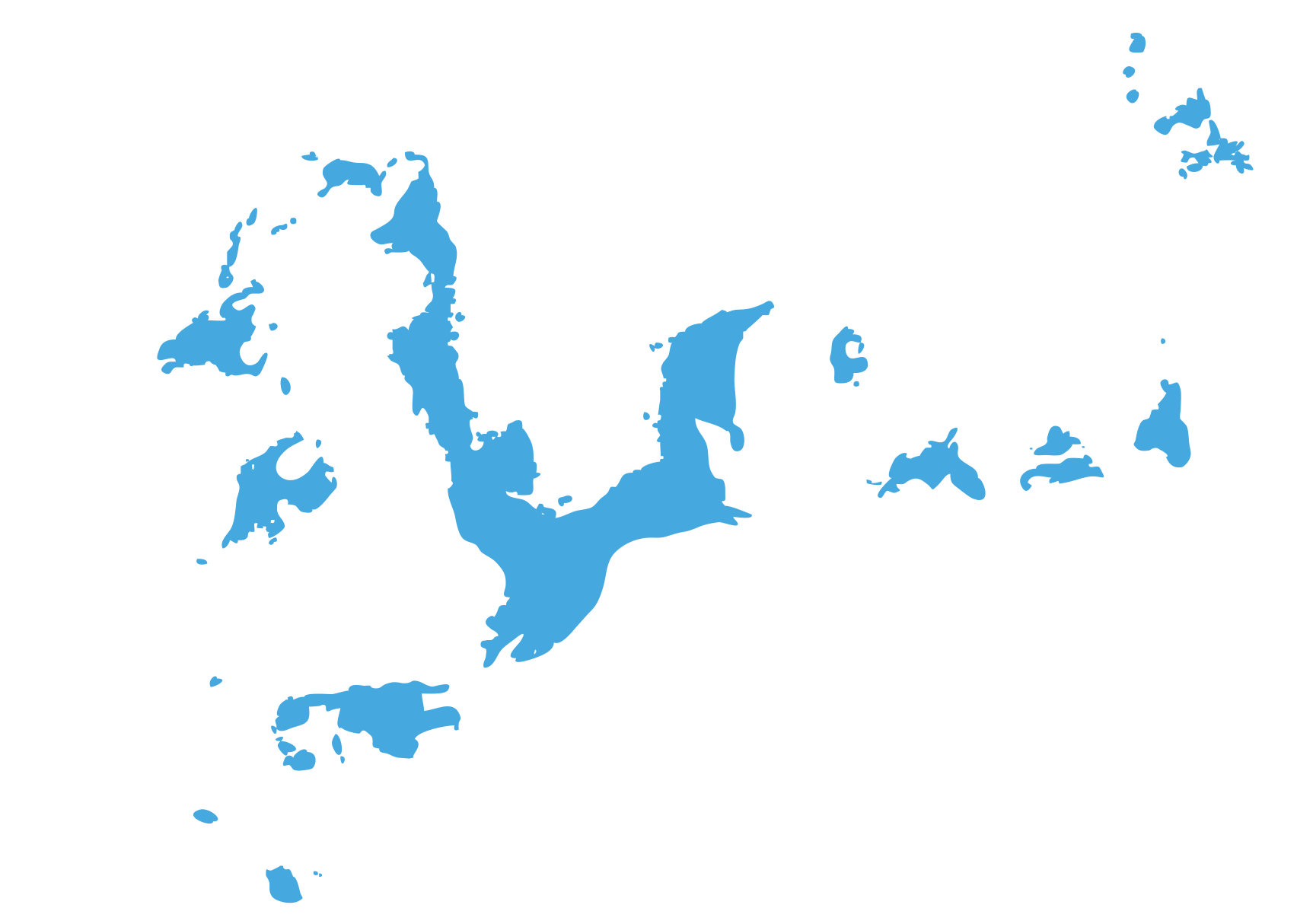Short term
Maritime spatial plans in line with decarbonisation target
To help stay on a trajectory capable of delivering a green deal for Europe, MSPs could include provision for an increasing amount of offshore wind generation. This would mean identifying space for a total of 130 GW of offshore wind by 2030 within the next two years. Upcoming plans should also have the need for future offshore wind energy expansion in mind.
National TSOs and energy authorities can facilitate this process by considering and providing a number of landing points in the onshore grid, allowing a future largescale connection of offshore wind generation.
Long term
Plan with some wiggle-room
As with all long-term planning, even the best plans for an offshore wind buildout might change due to unforeseen factors. The future technological and economic development will almost certainly necessitate adjustments to today’s energy planning. Hence, to help prepare for all eventualities, European governments might consider opting to designate a little more space than needed.
In the same way, European MSPs should also include provisions for future technological development which could provide opportunities for offshore wind farms in areas that have not historically been suitable. For example, new foundation types which would allow deeper waters to be developed could become cost competitive.
How do we ensure the buildout is aligned with the need for environmental protection?
Our natural environment is under threat from several factors, not least a changing climate. The North Sea and its various habitats and species are no exception.
One of the most important levers to protect biodiversity in the northern seas is to reduce carbon emissions and keep the temperature increase within 1.5°C. Offshore wind energy from northern seas will be an important part of Europe’s decarbonisation.
Offshore wind farms can have localised positive impacts on biodiversity. For example, turbine foundations and underwater structures can create habitats for certain marine species, providing local increases in biodiversity. However, as with all large infrastructure projects, offshore wind generation comes with environmental considerations.
The installation of underwater structures can have effects on seabed habitats during the construction phase, for example. The industry is constantly seeking to improve its understanding of such potential environmental impacts as technology evolves, and how best to develop and apply appropriate mitigation measures.


